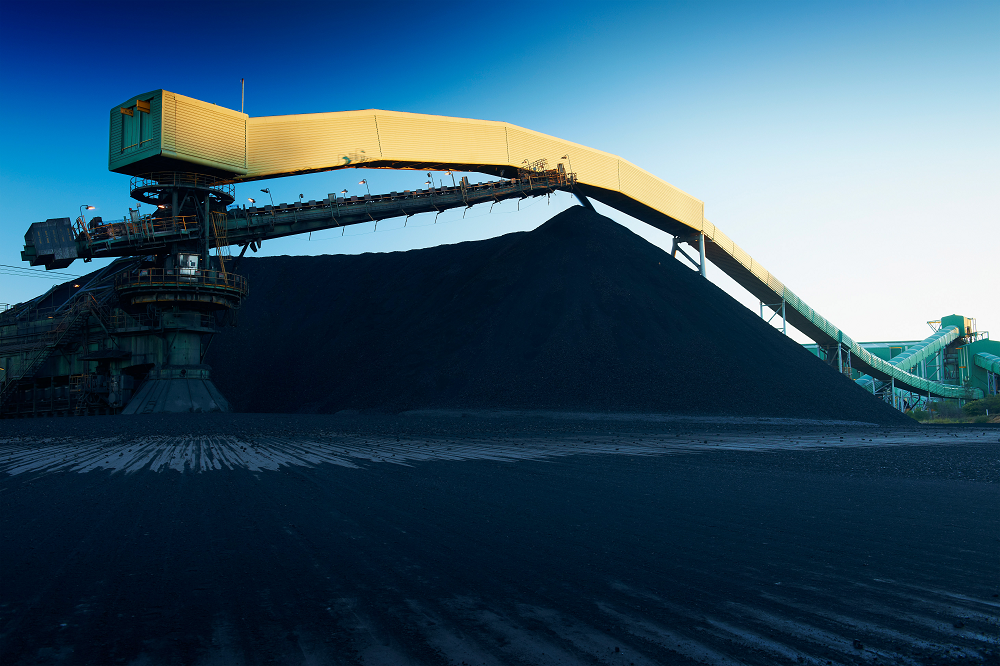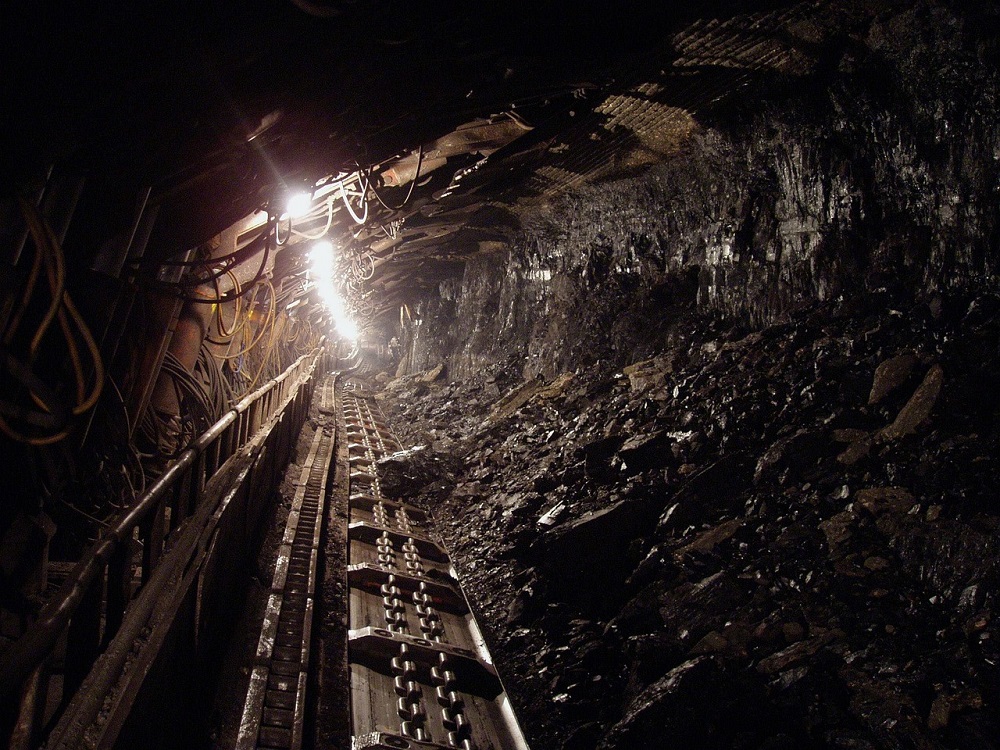
The world’s largest coal-producing countries have delivered a resource to global markets that has powered industrialisation, through thermal electricity generation and as an ingredient for manufacturing processes like steelmaking.
While climate concerns and efforts to decarbonise the global energy system have diminished coal’s stature in recent years, it nevertheless remains the biggest source of the world’s electricity generation – accounting for 38% of the overall share in 2019, according to the International Energy Agency (IEA).
Coal production has risen year-on-year since 2016, and global coal reserves have been measured at more than one trillion tonnes.
IEA data indicates total world coal production topped 7.9 billion tonnes in 2019 – its highest since 2014 – growing at an annual rate of 1.5%, which was half the rate of recent years. Thermal coal and lignite made up around 86% of this production, and the remainder was metallurgical coal.
Latest estimates for 2020 suggest a 6.5% annual decline in global output as a result of lower demand during the coronavirus pandemic, although a rebound to 7.6 million tonnes is expected in 2021.
Here, NS Energy profiles the top six coal-producing countries in the world, as of 2019.
The top six largest coal-producing countries in the world
1. China – 3.7 billion tonnes
China dominates global coal production, and accounted for almost 47% of the world’s entire output in 2019. It extracted almost 3.7 billion tonnes during the year, reflecting an annual growth rate of 4%.
The country is also the world biggest consumer of coal, devouring around 53% of the global total.
A 2020 announcement from President Xi Jinping that China will target carbon neutrality before 2060 is likely to result in the country taking steps to reduce this overreliance on coal for its domestic energy supply.
However, the transition will be gradual, and the IEA expects annual production levels to remain consistent for both 2020 and 2021.
2. India – 783 million tonnes
India is second on the list of the world’s largest coal-producing countries, producing around 783 million tonnes in 2019 – just under 10% of the global share.
State-owned Coal India, the world’s largest coal-mining company, accounts for around 80% of the country’s output, and has more than 360 mines in operation.
In 2020, the Indian government finalised plans to open up the country’s coal reserves to private-sector development, in a bid to boost domestic production and reduce the reliance on foreign imports.
Around 40 coal mines are to be auctioned off for development, although early interest is reported to be low, reflecting a lack of appetite among investors at a time when coal is increasingly out of favour and competition from renewables is growing.
3. United States – 640 million tonnes
Coal production in the US has been in decline for a number of years, and in 2019 hit its lowest level since the 1970s at 640 million tonnes.
Competition from cheap natural gas and increasingly-low-cost renewables has lessened demand for the fossil fuel from the domestic power sector, and the downward trend is expected to accelerate in the coming years – despite promises made by President Donald Trump to revive the industry during his election campaign.
The IEA estimates 2020 output in the country as low as 491 million tonnes – a 23% annual decline – before a slight rebound to 539 million tonnes in 2021.
Five US states accounted for around 71% of the country’s coal production in 2019. They were: Wyoming (39%), West Virginia (13%), Pennsylvania (7%), Illinois (6.5%) and Kentucky (5%).
4. Indonesia – 616 million tonnes
Indonesia posted record coal production in 2019 of 616 million tonnes – a 12% increase compared to the previous year.
The country is one of the world’s major thermal coal exporters, with China and India its two most-important trading markets.
The high rate of production, coupled with a demand drop-off caused by the coronavirus pandemic in 2020, has put pressure on domestic commodity prices, prompting calls for miners to lower their production targets.
The IEA expects Indonesia’s 2020 coal output to total around 529 million tonnes, rising to 545 million tonnes in 2021. The national government has set a production target of 550 million tonnes for 2021.
5. Australia – 550 million tonnes
Australia produced 550 million tonnes of coal in 2019, just over half of which was thermal coal and more than a third was metallurgical.
The figure is a 3.4% year-on-year increase, although the country’s 2020 output is expected to be down by around 9%, erasing those gains.
Australia occupies a dominant position in terms of global metallurgical coal production and exports, with many of its shipments feeding China’s huge steelmaking industry.
While coal is mined in each of the country’s six states, the most prolific regions are Queensland and New South Wales – particularly in the Bowen Basin and Sydney Basin along the eastern coast.
Coal products were Australia’s second-most valuable exports in 2019, after iron ores and concentrates.
6. Russia – 430 million tonnes
Russia is placed sixth on the list of the world’s largest coal-producing countries, extracting 430 million tonnes in 2019 – just over 5% of the global share.
The IEA anticipates an 8% decline in Russian coal output in 2020 due to reduced demand throughout the year, both domestically and in key export markets including Europe and Korea.
The country is home to the world’s second-biggest coal reserves, after the US, with basins in Siberia accounting for a large proportion of its estimated 162 billion tonnes of national resources.
Policymakers have announced plans to boost domestic coal production over the coming years – targeting as much as 670 million tonnes annually by 2035.







